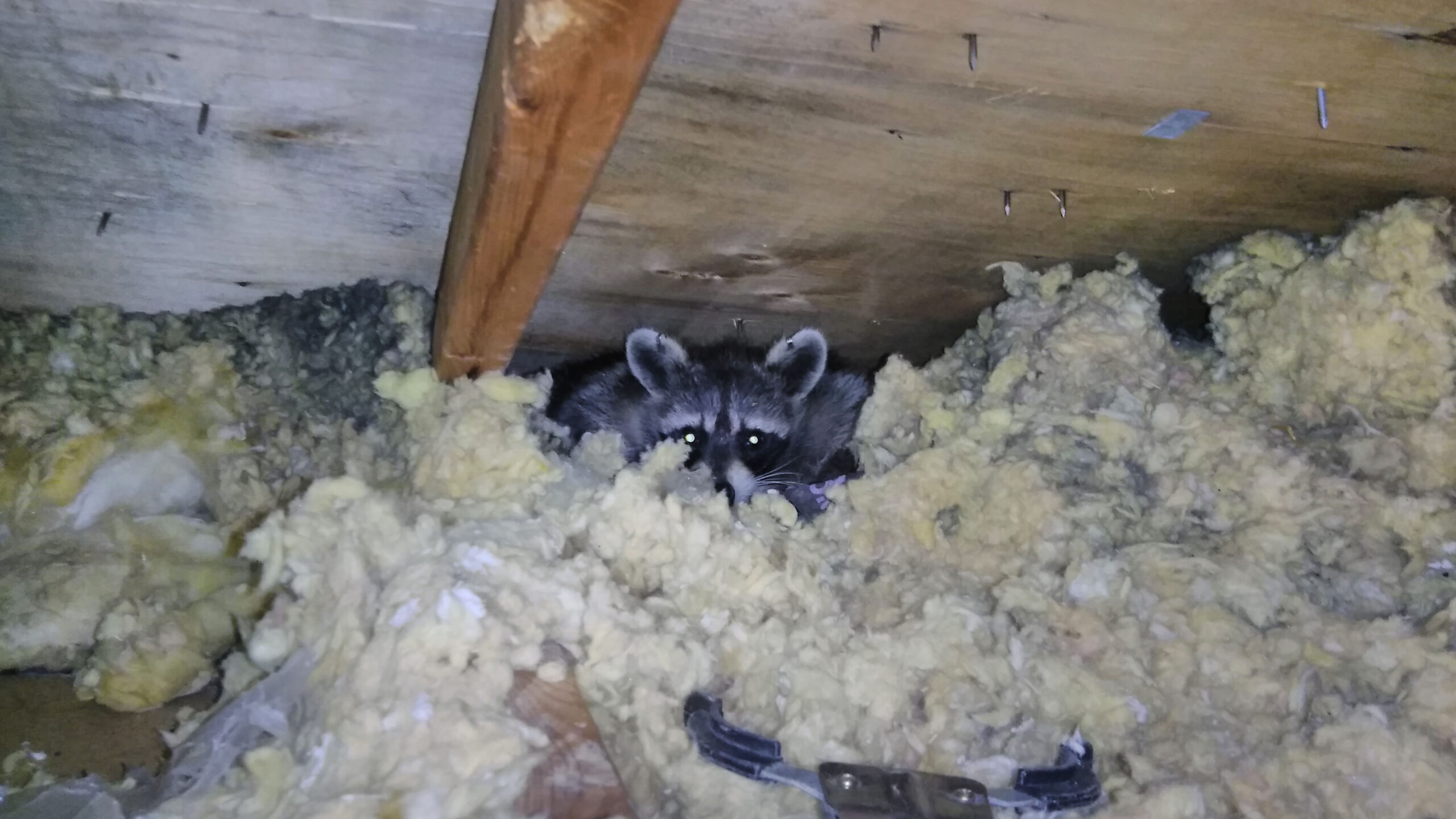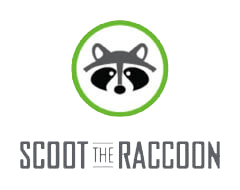RACCOON REMOVAL PROCESS
Assess and Remove
Raccoons are very intelligent and resourceful. This is why our 50 point inspection is designed to identify all current and potential raccoon entry points as well as any damage they may have caused. Our hands-on removal techniques are both humane and effective for adult and baby raccoons alike.
Clear and Clean
Raccoons are not very clean and their presence can lead to severe property damage. Skedaddle offers thorough cleaning and disinfecting of raccoon den sites to eliminate any health risks. We can also remove and replace any damaged attic insulation.
Prevent and Protect
Once the raccoons are gone you want to make sure your home is protected against future entries. Our wildlife technicians are experts in identifying and securing vulnerable areas of your home with exclusion materials that are built to last.
Raccoons in Collingwood
Located on the southern point of the Georgian Bay just north of Toronto, Canada, is the thriving town of Collingwood. More than 20,000 Canadians call this region home, and the many ski trails and outdoor recreational opportunities also make the town a popular tourist destination. Because the city is constantly growing and evolving, extending further into rural territory, both residents and visitors must learn to co-exist with native wildlife. The region is a prime environment for a wide variety of furry creatures such as squirrels, coyotes, and skunks. Raccoons are one of the most popular animals residents come face-to-face with.
Raccoons look like cute, furry little bandits, but can be quite the opposite during a close interaction. They often seek out the warmth of human homes and make nests in attics. The creatures can be aggressive when they feel threatened, and because they can carn germs and infectious diseases such as rabies, you don’t want to share your house with a family of raccoons.
Once a raccoon takes up residence in your home, it is hard to get rid of it on your own. Your best bet is to close up any potential points of entry and prevent raccoons from entering your home in the first place. However, this isn’t always possible and sometimes you end up with an unwanted guest in your home. If you notice any of the following signs, there may be a raccoon living in your attic:
- Scurrying or shuffling sounds
- Strange vocalizations
- Lone raccoons running around your yard during the day
Knowing how many raccoons are living in your house is helpful for getting rid of them. Raccoons are normally solitary and nocturnal, so if you see a raccoon foraging for food around your yard during daylight hours, you’re probably dealing with a mother that has her babies tucked away safely in your attic. If you’ve never seen the creature, chances are you have a single male. A professional wildlife technician will be able to assess your property and determine how many animals are living there, how they are getting in, and how to effectively remove them for good.
What Skedaddle Can Do To Help With Raccoons
Like most types of wildlife, raccoons thrive when they are left alone. It’s best to keep your distance whenever you see a wild raccoon, but if one has entered your home uninvited, you may need professional help to remove it safely. At Skedaddle Humane Wildlife Control, we have the tools and experience necessary to remove raccoons from your home without causing harm to the animals or your property. We remove the animals, release them outdoors, and remove any debris they left behind.. Finally, we’ll screen your property against future invasions, and show you what to do to make your home less appealing to raccoons. If you have a raccoon in your home in Collingwood, contact Skedaddle today for help removing it for good.

CHECK OUT OUR LATEST BLOGS
What Should I do If I see a Nocturnal Animal During the Day?
Respecting Wildlife From A Distance this Spring
How Quickly Do Baby Wildlife Grow Up?








